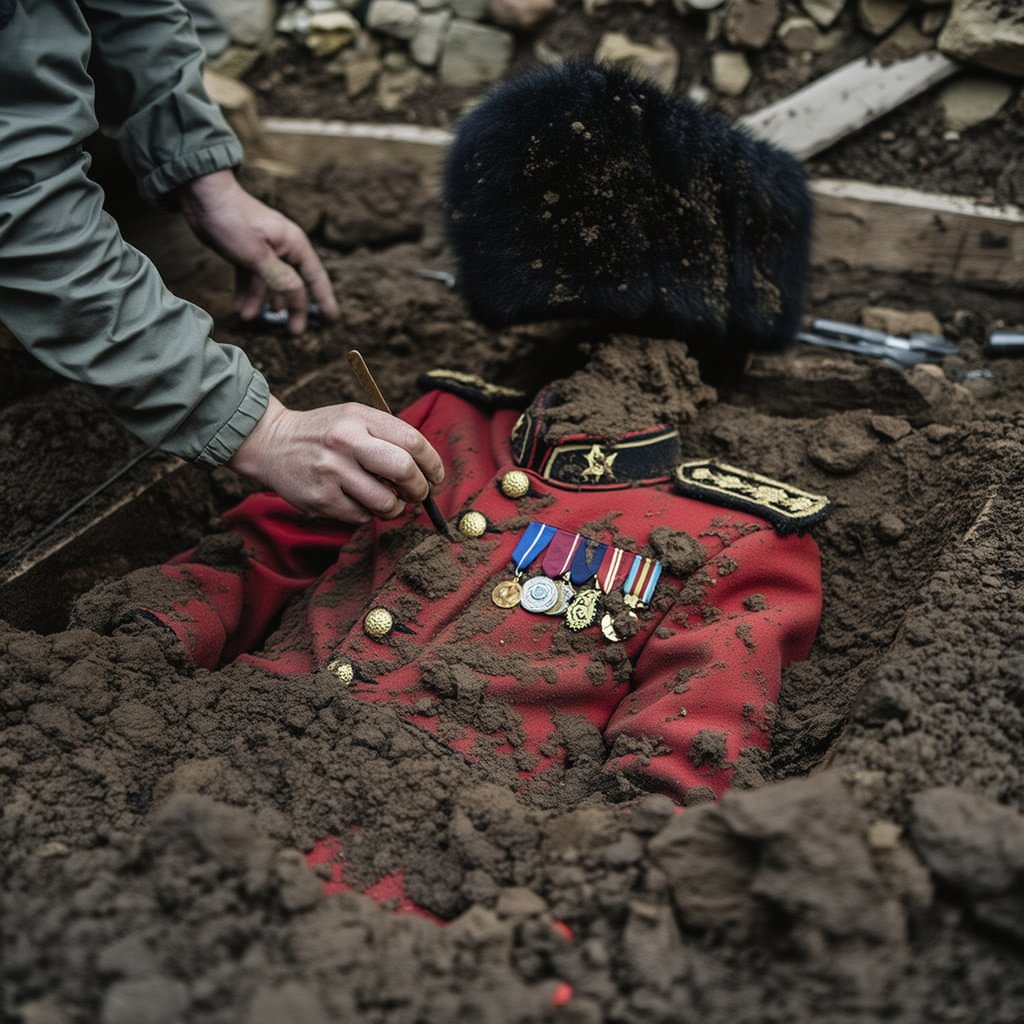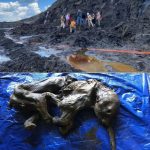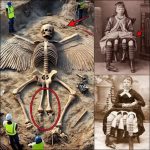Unearthing Britain’s Royal Guards’ Tombs: A Glimpse Into Medieval Life

In a remarkable archaeological breakthrough, researchers in Britain have uncovered the tombs of the kingdom’s royal guards, providing an unprecedented window into the lives of those who once protected the monarchy. These elite warriors, interred with weapons, armor, and personal artifacts, offer historians, anthropologists, and the public insight into medieval military culture, daily life, and ceremonial practices. The discovery highlights loyalty, discipline, and the sacrifices of men entrusted with safeguarding the crown.
The Discovery

The tombs were uncovered in a carefully planned excavation at a historic site associated with royal residences. Archaeologists found multiple burials, each accompanied by swords, daggers, shields, and pieces of armor, indicating the high status of the individuals. Personal items such as belt buckles, jewelry, and small tools further illuminate their roles and daily routines, providing a tangible connection to a long-vanished social hierarchy.
The positioning of the skeletons and associated grave goods suggests deliberate ceremonial practices, reflecting the importance of honor and ritual in medieval burials. Some tombs feature ornate markers and carvings, reinforcing the prestige and responsibility of those who served as the king’s personal protectors.
Insights Into Medieval Life

Beyond their military significance, the tombs reveal aspects of health, diet, and lifestyle of the royal guards. Skeletal analysis provides clues about nutrition, physical activity, and common injuries, offering a comprehensive view of the challenges faced by men in service to the crown. Marks of healed fractures, muscle attachment sites, and evidence of strenuous activity indicate rigorous training and a life devoted to defense and duty.
Moreover, the presence of ceremonial and personal items underscores the intersection of martial responsibility and societal status. These warriors were not merely soldiers; they were highly trained, esteemed members of the royal household with specific cultural and ceremonial obligations. The burial practices reflect respect for their service and an understanding of death as both a personal and societal event.
Historical Significance
The discovery of the royal guards’ tombs provides a rare glimpse into medieval England’s military and social structures. It bridges the gap between the historical record and material evidence, offering a fuller understanding of the monarchy’s reliance on elite protectors and the lives of those who maintained the security of the realm.
These findings also allow historians to explore broader themes, including loyalty, honor, and the militarization of society during periods of political instability. The artifacts and skeletal remains together paint a vivid picture of a world where discipline, courage, and ceremonial duty were paramount.
Conclusion
The unearthing of Britain’s royal guards’ tombs is a monumental discovery that illuminates the lives, sacrifices, and honor of those who once protected the monarchy. Carefully interred with weapons, armor, and personal effects, these tombs provide insights into medieval military life, ritual practices, and societal hierarchies. By bridging past and present, this discovery honors the courage and dedication of the royal guards, preserving their legacy for future generations. It reminds us that history is not only recorded in chronicles and documents but also etched into the very bones and artifacts of those who lived it.











